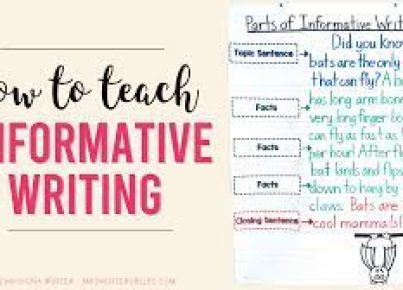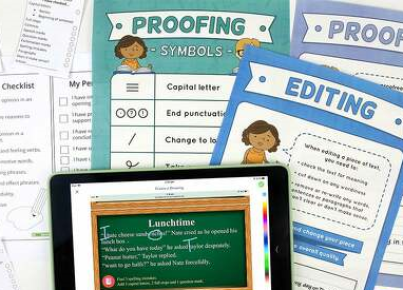Introduction
Procedural writing is a critical skill in various disciplines and professions. This form of writing focuses on creating clear, concise, and accurate instructions that help readers accomplish a certain task or follow a specific series of actions. Procedural writing is essential for instructional materials, technical manuals, and even everyday communications like recipes. In this article, we’ll explore the key elements and best practices associated with procedural writing.
Elements of Procedural Writing
1. Clear Goal: Before you begin writing, it’s crucial to understand the objective of the process you’re sharing. State the purpose at the beginning to ensure that your readers know what they’ll achieve by following your instructions.
2. Logical Structure: Organize your steps into a logical sequence to help readers understand and follow the process more easily. Use headings, subheadings, and lists to break down complex procedures into manageable sections.
3. Step-by-Step Guidance: Provide detailed instructions for each step in the procedure. Start with an action verb (e.g., “cut,” “assemble,” “enter”) and be specific about what needs to be accomplished at every stage.
4. Visual Aids: Supplement your text with visuals such as diagrams, photos, or illustrations to clarify complex processes and guide your readers through each step more effectively.
5. Simple Language: Use clear and straightforward language to ensure that your instructions are easy to understand. Avoid jargon or technical terms that may confuse your audience.
6. Safety Precautions: If necessary, indicate any precautions or warnings that users should be aware of before proceeding with the process.
Best Practices for Procedural Writing
1. Know Your Audience: Understand who you’re writing for by taking into consideration their level of expertise, familiarity with related terms and concepts, and potential challenges they might encounter.
2. Test Your Instructions: Before finalizing your document, test the procedure yourself or ask someone else to follow your instructions. Identify any confusing steps, omissions, or errors that need to be corrected.
3. Revise and Edit: After testing your instructions, refine the language and structure for increased clarity and take a final opportunity to remove any typos or grammatical errors.
4. Solicit Feedback: Seek feedback from your target audience (if possible) to find out if there are any inconsistencies or challenges they encountered while following your instructions.
5. Incorporate User-Centered Design: Consider formatting your procedural writing document in a way that makes it easy for readers to locate specific sections quickly with the use of headings, bulleted lists, tables of contents, and indexes when appropriate.
6. Update Regularly: Keep your procedural writing updated and current by regularly reviewing and revising your document as new information becomes available or processes change.
Conclusion
Procedural writing is a valuable skill that enables individuals across various professions to communicate efficiently and effectively. With a focus on clarity, organization, and user-centered design, well-crafted procedural documents will guide users seamlessly through their tasks without confusion or frustration. By adhering to the elements and best practices outlined in this article, you’ll be well on your way to mastering procedural writing.




